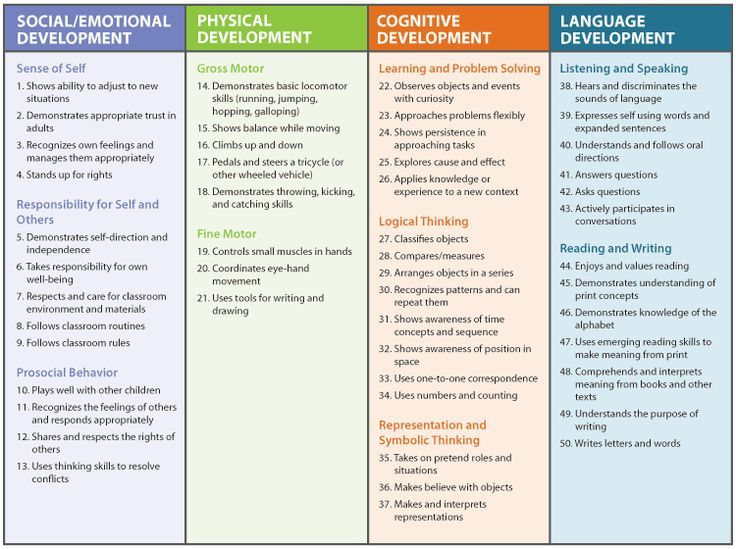Curriculum and Learning Goals for Preschoolers
The early years of a child’s life are crucial for growth and development. As children enter preschool, the curriculum and learning goals set the foundation for their educational journey. Understanding these objectives is essential for parents and educators to support the developmental needs of preschoolers. In this article, we will explore the educational objectives for children aged 2 and up, emphasizing the role of play-based learning and exploration in achieving these goals.
Overview of Educational Objectives for Ages 2 and Up
At this age, children develop critical thinking and problem-solving skills. The curriculum focuses on basic concepts such as colors, shapes, numbers, and letters. However, it is not just about memorization. Children must understand and apply these concepts in different contexts.
Language and Communication
Language development is a major focus, expanding vocabulary, forming simple sentences, understanding and following instructions, and using language for various purposes such as asking questions or expressing needs.
Social and Emotional Learning
Preschool is a crucial time for social and emotional development. Children learn to interact with peers, share, take turns, and express their emotions in appropriate ways. Developing empathy and understanding the feelings of others is also a key objective.
Physical Development
Fine and gross motor skills are honed during these years. Activities are designed to improve coordination and balance, such as jumping, running, and playing with small objects like beads or crayons.
Incorporating Play-Based Learning and Exploration:
The Role of Play
Play is the natural way children learn and explore the world around them. A curriculum that incorporates play-based learning allows children to discover concepts and skills in a way that is engaging and appropriate for their developmental stage.
Hands-On Activities
Hands-on activities are a standard part of the preschool curriculum. Whether it’s building with blocks, creating art, or engaging in sensory activities, these experiences allow children to experiment, solve problems, and think creatively.
Outdoor Exploration
Outdoor play is an essential part of learning. Being outside allows children to explore nature, develop physical skills, and learn about the world in a broader context.
Integrating Themes
Many preschool curricula use thematic units to integrate various learning goals. For example, a unit on ‘Plants’ might include learning about growth (science), counting seeds (math), drawing flowers (art), and reading stories about gardens (literacy).
Encouraging Curiosity
A key goal of any preschool curriculum is to encourage curiosity and a love for learning. This involves providing opportunities for children to ask questions, explore their interests, and engage in imaginative play.
Conclusion
The curriculum and learning goals for preschoolers are designed to lay a strong foundation for lifelong learning. Through a blend of structured activities and play-based exploration, children develop critical skills in a variety of domains. As educators and parents, our role is to support these learning experiences, provide encouragement, and celebrate each child’s unique journey of discovery and growth in these formative years.
